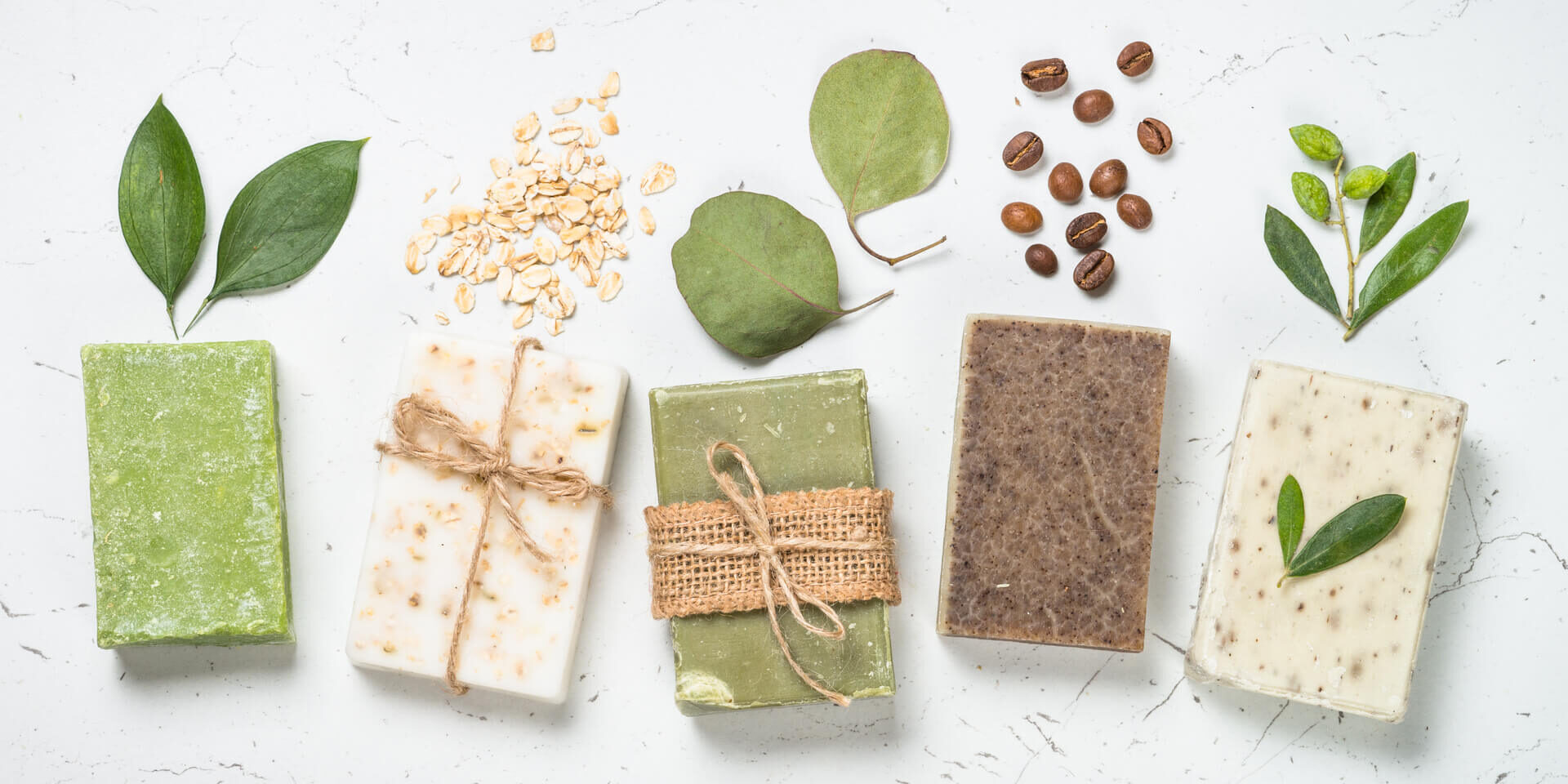The first soaps used can be traced back to ancient peoples such as the Sumerians, who used their first iterations to remove grease (fats) from newly processed wool and cloth. These early mixtures were also used to clean tools and were made of ash (from wood) and water. When it came into contact with grease, the highly alkaline ash would create a soapy/ slimy substance that was found to clean materials by removing/ dissolving grease and dirt. More sophisticated soap forms were made by combining animal fats or plant oils (such as olive oil) and ash to create the cleaning substance. The first versions of soap were primarily developed for the cloth industry instead of personal hygiene. These substances were said to smell foul, and pleasant-smelling oils were only added when the chemical processes involved were better understood. Soap began to be widely used for personal hygiene (in liquid and solid form). Olive oil is still used to make liquid olive oil soap and works well in a solid olive oil soap bar. In the 18th and 19th Centuries, British companies Pears and Sunlight and American Palmolive became household name brands in the soap industry and are still widely available today.
Historical Soap-Making
While the soap-making process has not changed much since the chemical process was first understood, the methods and tools used differ slightly. Stone or wood mortars and pestles were used to grind solid ingredients for the soap mixture. Copper or iron pots and vessels were used to keep and heat the mixture. This process is identical to modern saponification but uses more rudimentary tools (and, depending on how far back in history one looks, lower-quality or completely different ingredients).
Modern Saponification
Saponification describes the process by which fats and alkaline substances mix and form a chemical reaction that results in soap.
Cold Saponification: This is one of the first methods used in modern soap-making and the most similar to how ancient civilizations made their soap mixtures: once ingredients are mixed together, they are left for the required chemical reaction to take place over time. It takes several weeks for the process to be completed and the soap dried and ready to use.
Hot Saponification: This method involves the same chemical process as cold saponification, but heat speeds up the chemical reaction, meaning that the soap is ready to be dried and used in less time.
Continuous Saponification: This method is used to manufacture soap on an industrial scale. Ingredients are continuously fed into production machinery and mixed at extreme heat to initiate the necessary chemical process. The resulting product is continuously fed from the machinery and ready to be cooled and cut.
Modern Equipment and Tools: Modern soap factories use high-tech equipment in saponification processes. Pre-programmed or pre-made measuring devices ensure that the correct amount of each ingredient is put into the mixtures. Especially for big brands where consistency between products is important, getting the correct amount of fragrance, color, and the right balance between all of the ingredients is crucial. For example, an olive oil soap that is marketed as being fragranced with jasmine oil should not come through the manufacturing process smelling like a pure olive oil soap bar.
Once the correct amount of each ingredient is added to the mixture, mixers, and agitators are used to ensure that everything is thoroughly blended and that all ingredients are evenly distributed. If this does not take place properly, some parts of the mixture might be too brightly colored and some not at all; while others may be overwhelmed with fragrance and some of the mixture does not smell as they should. Soap molds can be manufactured on factory lines to resemble any shape – machinery can both pour the liquid soap into the molds and extract the finished product once it has dried. People or machines may cut soap blocks with automatic or manual cutters or wires if molds are not used. Drying and ventilation machines create the correct temperate conditions for soap to dry in the ideal amount of time. Once this part of the process is complete, soaps are ready to be packaged and sent for distribution.
